Short days and dark nights are a feature of this time of year and while it’s natural to feel that this is a cue to stay cosy indoors, there is still lots to enjoy outdoors too!
Poole Harbour (c) Colin Foster
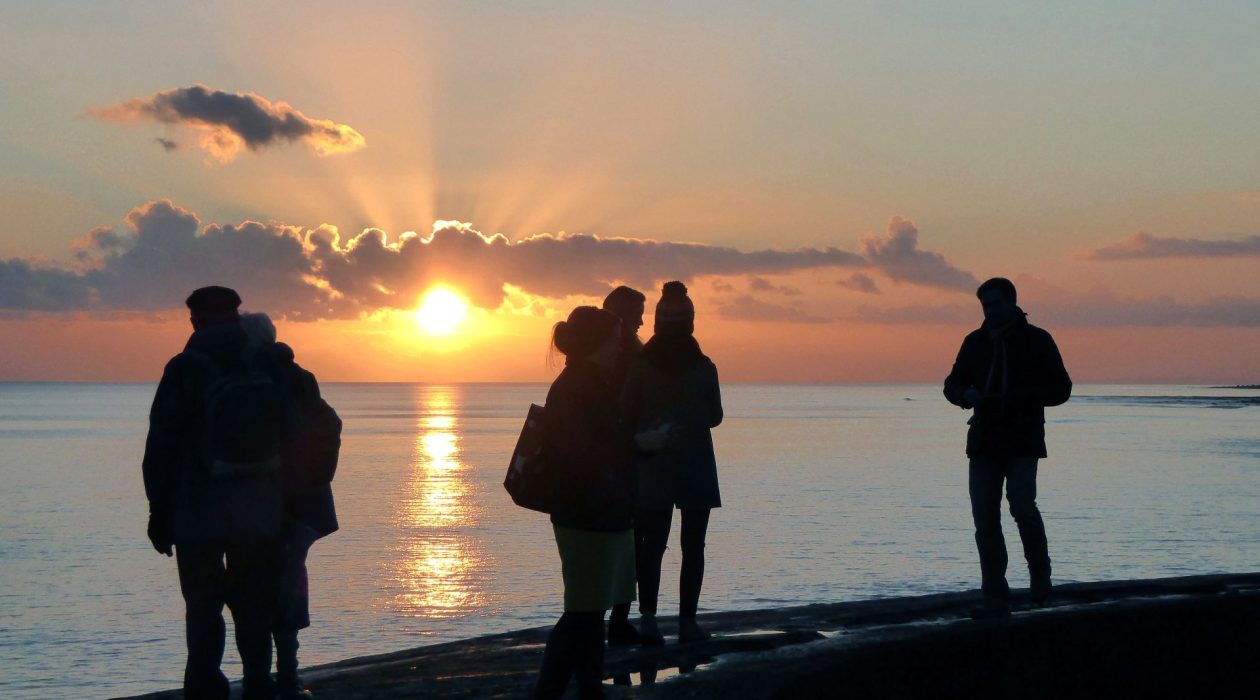
Short days and dark nights are a feature of this time of year and while it’s natural to feel that this is a cue to stay cosy indoors, there is still lots to enjoy outdoors too!
Poole Harbour (c) Colin Foster

If you’re missing your summer picnics, why not start a winter star-lit tradition instead? On a clear day, head out just before sunset and settle down to watch the sky turn shades of pink, burnt orange then black, when the light of far-distant suns and planets will start to sparkle.
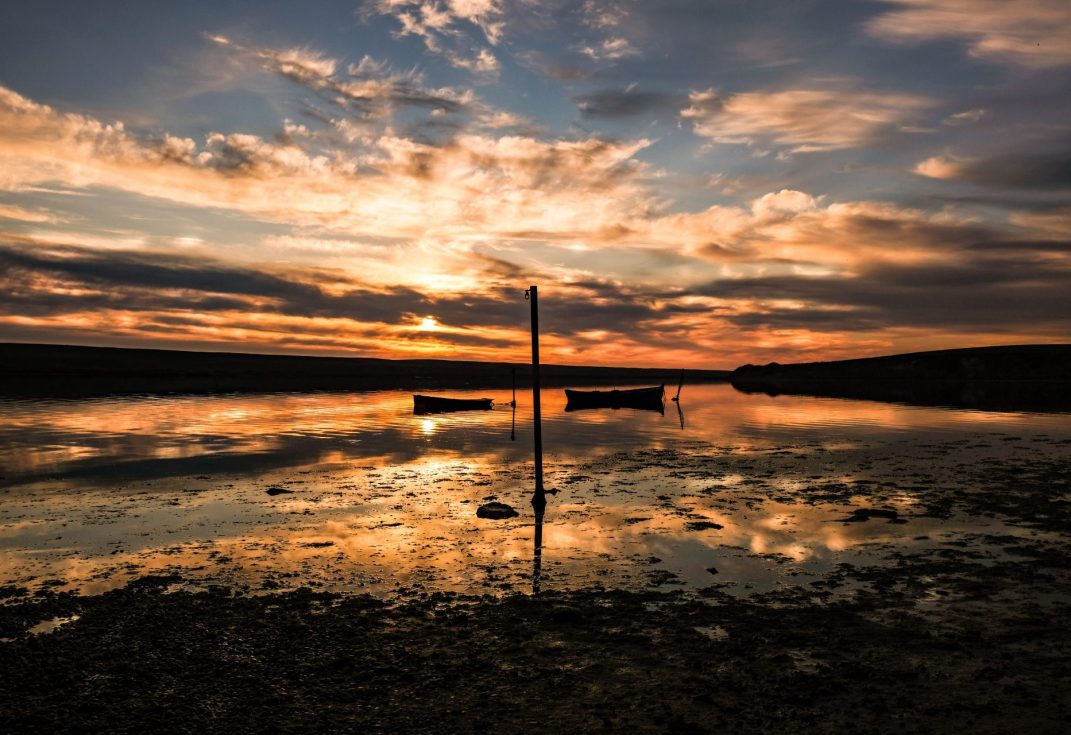
Embracing the dark skies of Dorset is a very good mindset to get into in December. With large areas of relatively undeveloped countryside, we are so lucky to have many places in the Dorset AONB to enjoy full-on star-studded skies.
One of the special qualities of the Dorset AONB is its dark skies – areas where there is little light pollution, giving you the chance to enjoy a sky-full of stars in all their glory. Grab a torch, warm coat and flask and head to the darkest of dark skies. Check out the CPREs night light maps for a fascinating insight into darkest Dorset.
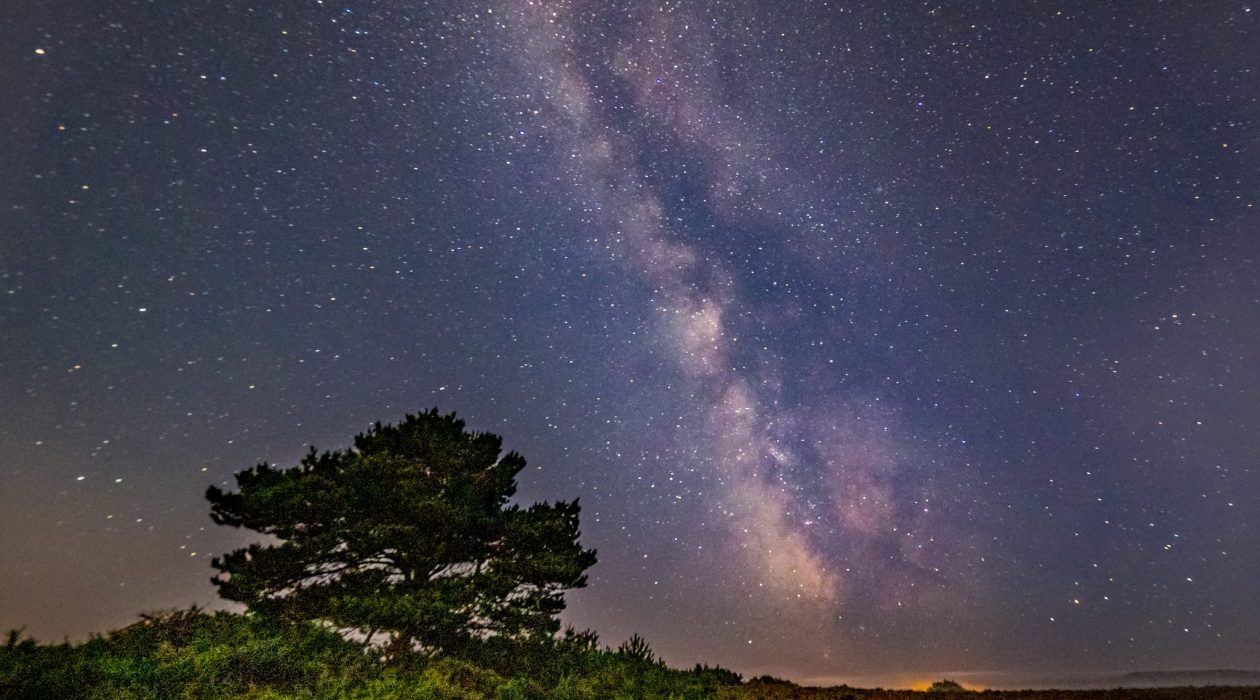
Durlston Country Park near Swanage is a Dark Sky Discovery Site. It’s a great place to experience jaw-dropping solar system, star clusters, galaxies and meteor showers (like this photo from nearby Stoborough Common). Durlston is also one of the few places in Dorset where you can see the Milky Way reflected in the sea.
Or head for the downs and vales in West Dorset between Powerstock and Cerne Valley, one of the darkest places in the southern UK.
Photo: Stoborough Common, Purbeck (c) Nigel Gidney
Sea and stars are a winning combination as you can see from this entry to our Photo Competition last year. This fantastic dark skyscape at Charmouth was captured by Max Trafford, just one of the many talented local photographers to embrace our dark skies. Visit Dorset have created new how-to guides on astro-photography to inspire you to get out and about to explore Dorset’s outstanding dark skies.
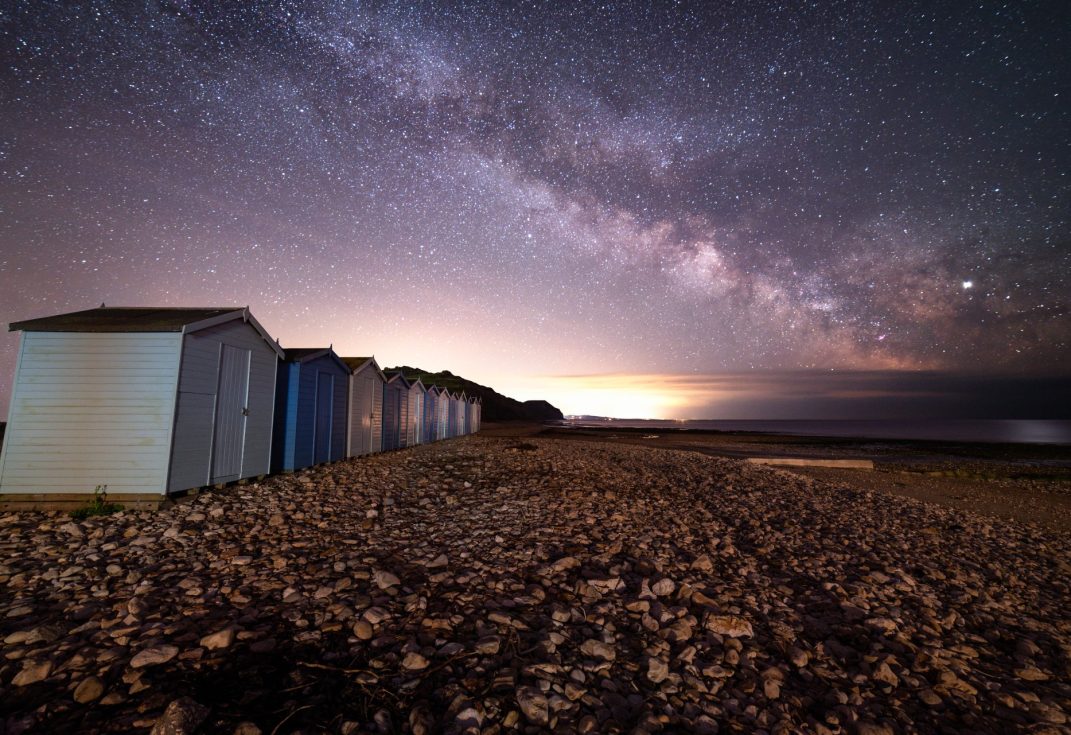
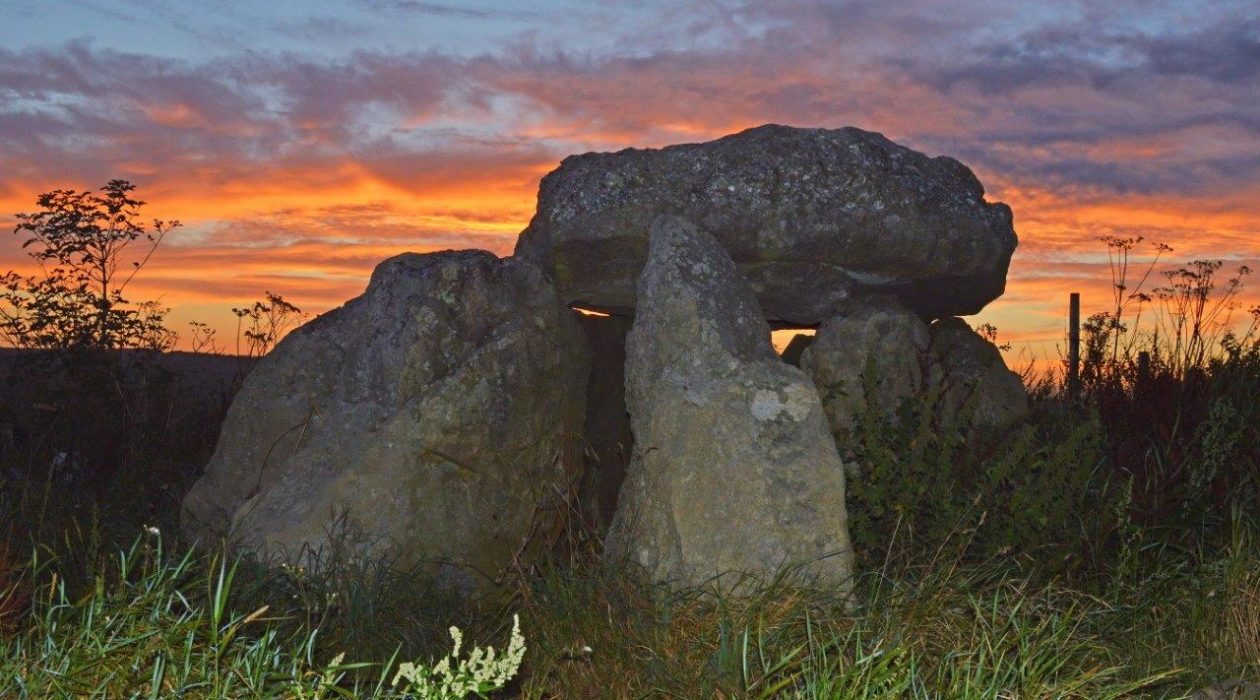
The new stone monument at Black Down near Martinstown is aligned to appreciate the winter solstice just as our ancient stone circles were. A clear sunrise will be seen through the window in the stones that look towards Portland at 8.08am and setting through the window towards Golden Cap at 4.07pm. If you like this one and want to explore other stone circles Kingston Russell Stone Circle, Hampton Down Stone Circle and the Nine Stones have all survived the 5000 or so years since they were built. Or explore other South Dorset Ridgeway monuments like Hell Stone which looks beautiful at sunset.
Hell Stone (c) Rod Courtman
Our neighbouring AONB – Cranborne Chase – became the first Area of Outstanding Natural Beauty in the country to be designated in its entirety as an International Dark Sky Reserve in 2019. Committed to making their dark skies even darker, they are working with people who live and work in the AONB to take light-reducing steps through their Chasing Stars project. Check out their website for places to explore their stunning dark skies.